FREE Shipping on Orders over $89 with Account – Create One Today!
- (844)-859-9400
- Get Help
Showing 1–16 of 187 results
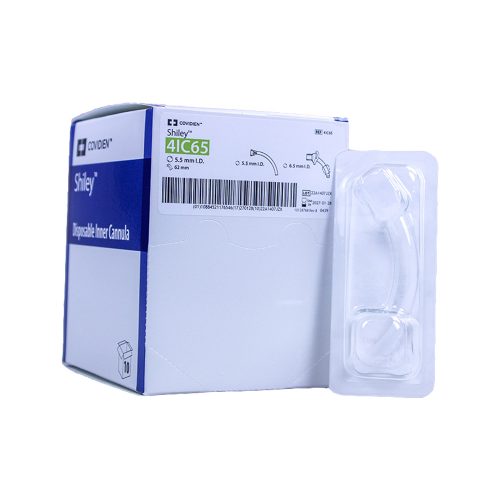
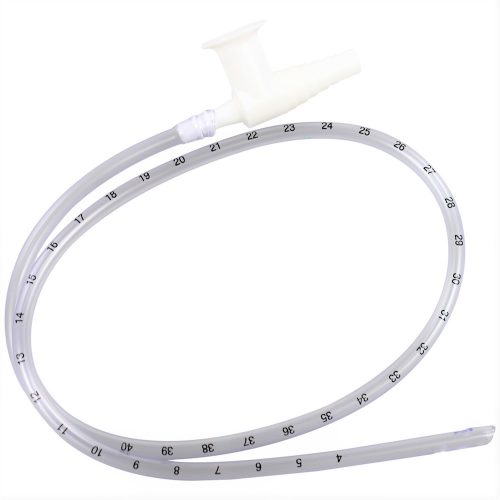
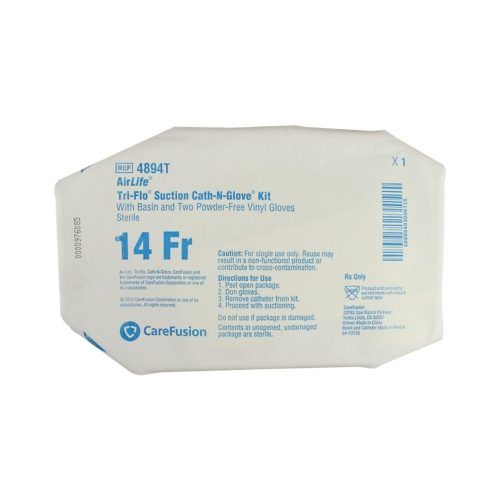

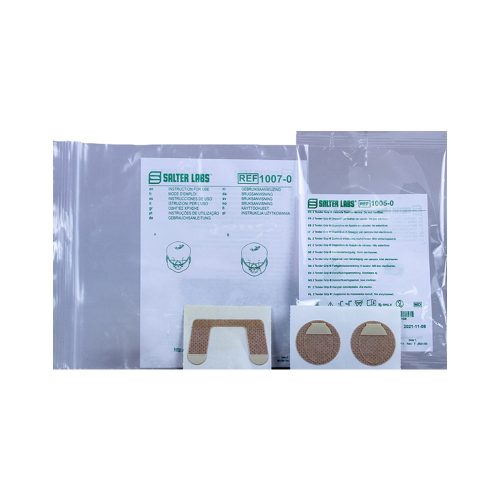

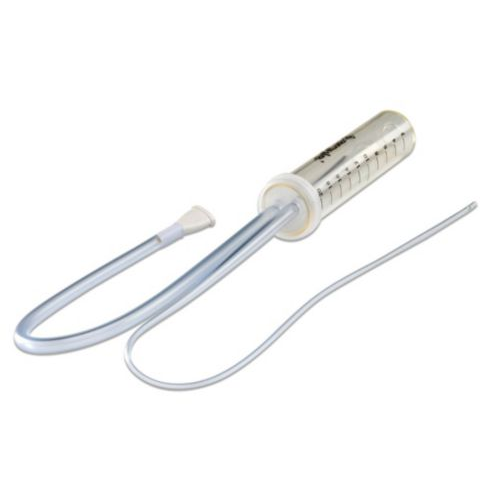
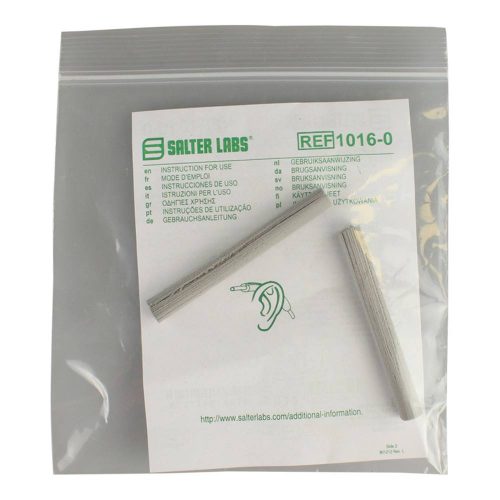
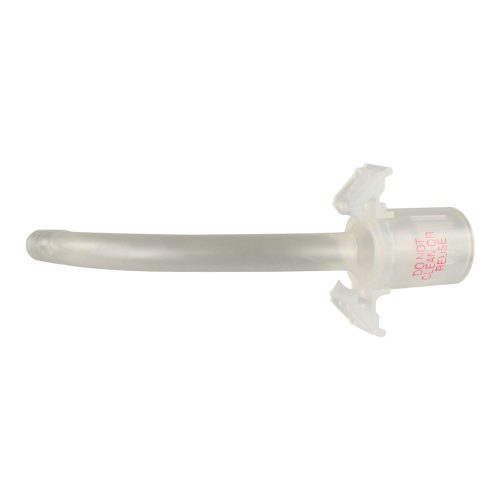

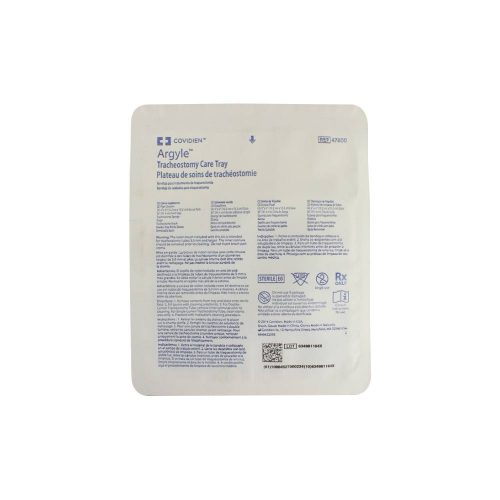
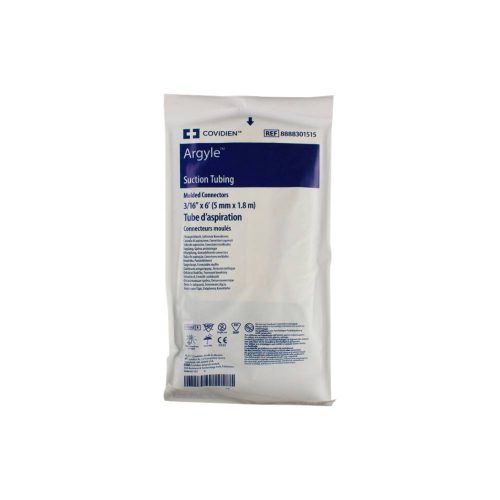
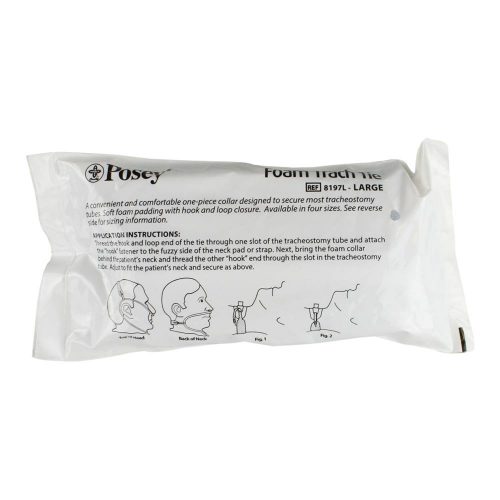
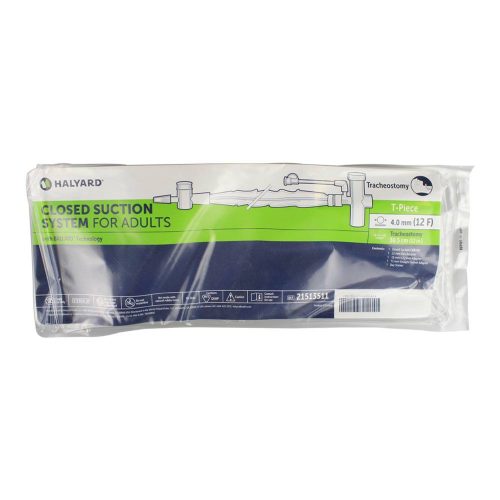
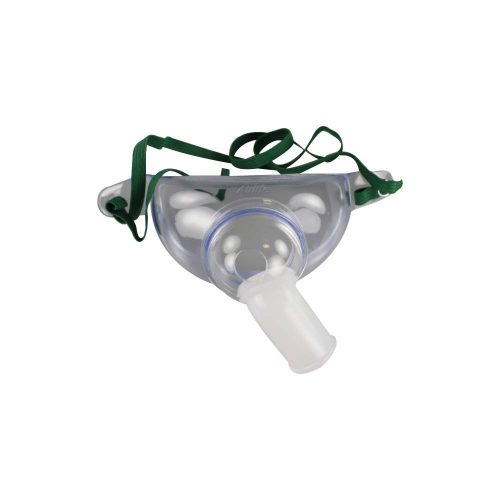
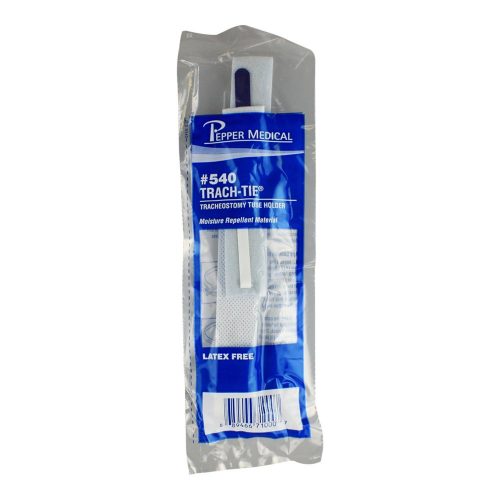
A tracheostomy is a surgical hole cut into your trachea, aka windpipe, to make a pathway for breathing when the other airways are restricted or compromised.
A tracheostomy may be needed due to injury, diseases like cancer, swelling or paralysis from allergic reactions or other reasons.
The hole created is called a stoma, and a tube is generally inserted into the stoma to supply oxygen, either from a ventilator or an oxygen tank.
A laryngectomy is the surgical removal of the larynx, the part of the throat that contains the vocal cords. Because the trachea is located below the larynx, both tracheostomy and laryngectomy patients will have difficulty speaking and may need speech therapy or a speaking valve attached to the tracheostomy tube.
Tracheostomy tubes consist of two parts: the main trach tube is called the outer cannula, and it may be cuffed or uncuffed. Cuffed outer cannulas are for patients who cannot breathe at all on their own and are connected to a ventilator machine.
The cuff is a balloon attached to the inside part of the tube that is inflated to seal off the airway so that air from the ventilator goes into the lungs. Patients who are not on a ventilator have an uncuffed outer cannula.
The inner cannula slides into the outer cannula and acts as a liner that is removeable to clear mucus build-up. Too much mucus build-up may require the use of a suction catheter kit for clearing.
Tracheostomy supplies include stabilization collars to keep the tube in place and cleaning supplies to manage mucus. Heat and moisture exchangers filter and warm air before it enters the lungs, as the nose and mouth would normally do.
Other trach supplies include tracheostomy cover-ups to discreetly shield the stoma, trach masks for administering medications, suction canisters for aspirating the stoma and inline water traps for long-term oxygen therapy patients.
